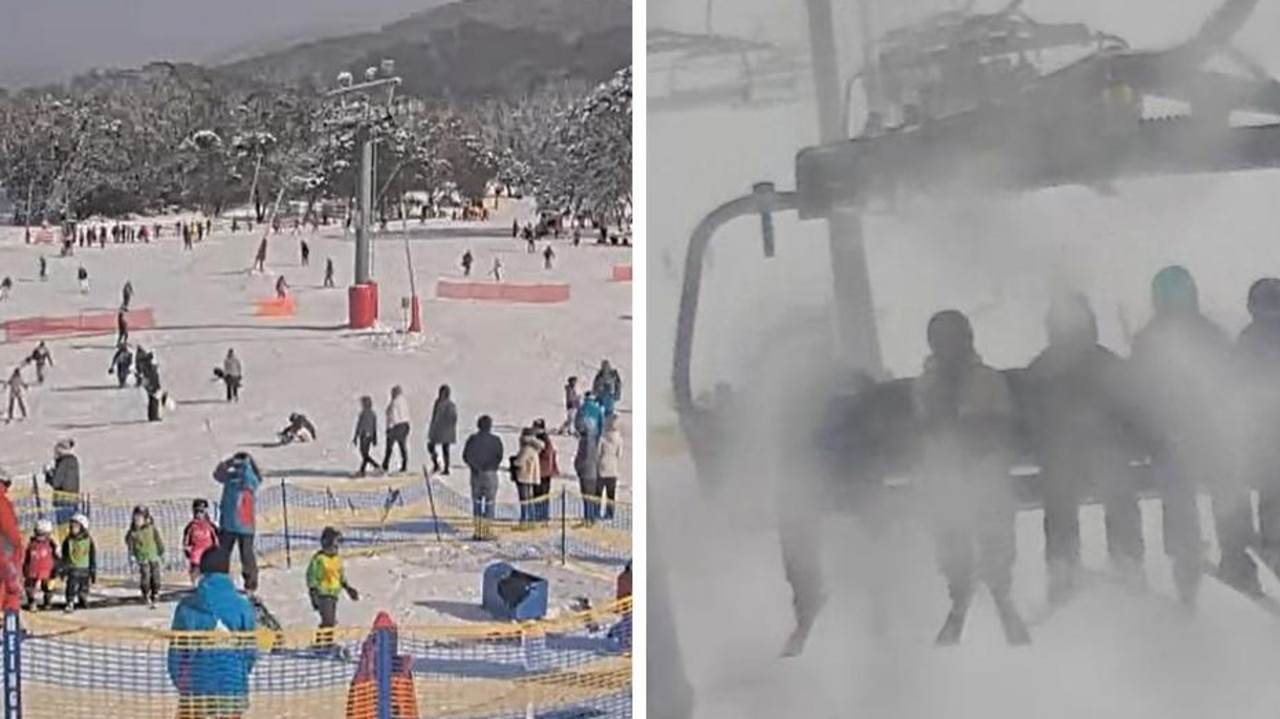China accuses Australia of ‘hyping up’ navy drills
China has responded to claims it did not give enough notice for live-fire naval exercises in waters between Australia and New Zealand.
National
Don't miss out on the headlines from National. Followed categories will be added to My News.
Beijing has accused Australia of “hyping up” live-fire exercises, after New Zealand spotted a Chinese naval task force firing live rounds in a series of training exercises.
Chinese warships issued a radio broadcast on Saturday warning they could conduct a second drill in as many days, opting out of higher-level communications.
Chinese Defence Ministry spokesman Wu Qian said the People’s Liberation Army sent several safety notices and that his country was “dissatisfied” with Australia’s response.
“China’s actions are in full compliance with international law and international practices, and will not affect aviation flight safety,” Mr Wu said in a statement.
“Australia, knowing this well, made unreasonable accusations against China and deliberately hyped it up. We are deeply surprised and strongly dissatisfied with this.”
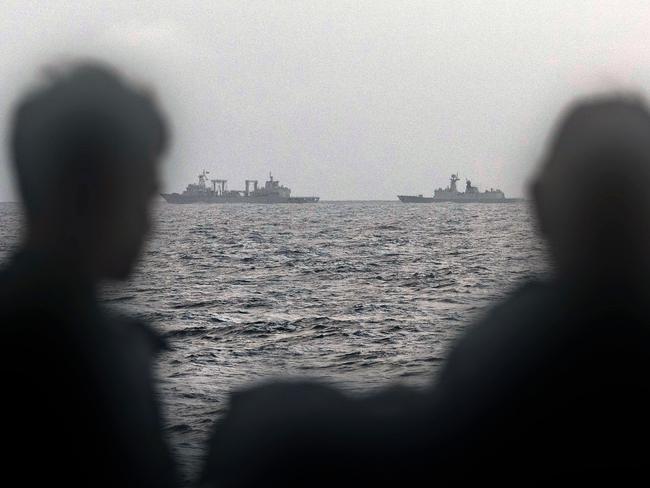
ABBOTT’S WARNING FOR AUSTRALIA
Prime Minister Tony Abbot warned the Asian superpower’s actions are a sign of things to come if Australia becomes an “economic colony” of China.
Mr Abbott suggested Australia, New Zealand, Canada and the United Kingdom should align their ties more closely to the United States and get better at offering help.
“Of course, there is an alternative to renewing alliances built on a shared history and values cherished in common,” he told the Danube Institute forum in London.
“Australia could opt to become an economic colony of China. But in that event, our paymasters in Beijing would hardly allow us a freedom that their own people lack.
“As last week’s live-fire exercise off our coast shows, Beijing’s expectation is that its clients ‘tremble and obey’. Soon enough, we would find that without strength, neither peace nor freedom lasts very long.”
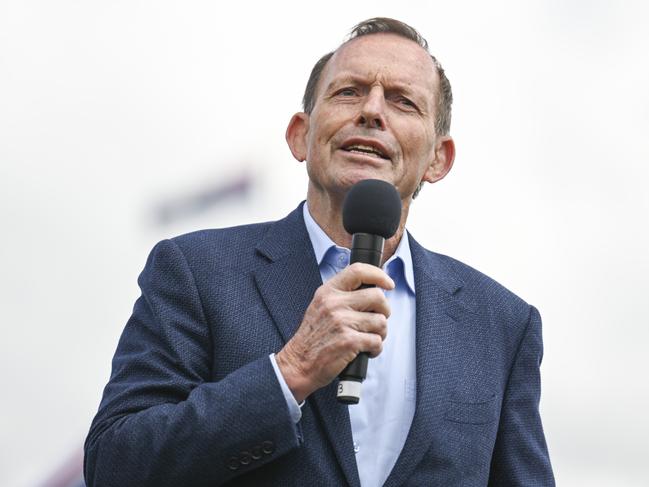
THREE VESSELS INVOLVED
Australia and New Zealand have been monitoring three People’s Liberation Army vessels – the Jiangkai-class frigate Hengyang, the Renhai-class cruiser Zunyi and the Fuchi-class replenishment vessel Weishanhu – off the Australian coast for the past week.
Personnel on a New Zealand naval frigate “observed live rounds being fired from the Zunyi’s main gun on Saturday, as would be expected during the course of such an exercise”.
The three Chinese ships were in international waters in the Tasman Sea at the time, New Zealand Defence Minister Judith Collins’ office said.
“Defence is working with the NZ Civil Aviation Authority to ensure all aircraft are notified. The safety of all people, aircraft and vessels in the area remains our paramount concern.”
New Zealand said its concerns would be “communicated appropriately”.

ALBO SAYS NO SANCTIONS
Prime Minister Anthony Albanese has played down suggestions of sanctions or trade restrictions against China, after Australia said Saturday it had not yet received a satisfactory explanation from Beijing for Friday’s drill, in which the warships broadcast a “disconcerting” live-fire warning that forced commercial flights to change course.
Defence has said the lack of official warning was contrary to “best practice”.
Mr Albanese ruled out any suggestion of sanctioning China.
“We know that China gave us very little warning and did not follow best practice in relation to the warning,” Mr Albanese told reporters on Saturday.
He said China had otherwise complied with international law.
“I think they could have given notice, but given Australia has a presence from time to time in the South China Sea, its location is hinted at by the title of the sea, that we engage in activities that are lawful,” Mr Albanese continued.
In Friday’s exercise, “no weapon firings were heard or seen” from the Chinese task force despite it temporarily deploying a floating firing target, Canberra said.
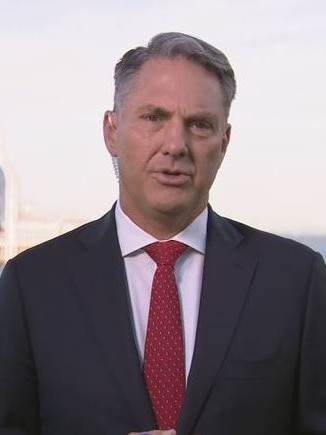
DEBATE OVER BEST PRACTICE
Australian Defence Minister Richard Marles said best practice is to give 12-24 hours’ notice and stated that Canberra had raised this with Beijing.
Foreign Minister Penny Wong had also discussed it directly with her Chinese counterpart Wang Yi on the sidelines of a G20 meeting in Johannesburg.
“Calm and consistent dialogue with China enables us to progress our interests and advocate on issues that matter to Australians,” Ms Wong said.
Beijing has described Friday’s manoeuvres as training exercises that were “safe, standard and professional” and in line with international law, without commenting on live ammunition.
“When Australia, for example, does a live-firing event such as this – which countries are entitled do on the high seas and that’s where this task group is, they’re in international waters – we would typically give 12 to 24 hours’ notice, which enables aircraft that are going to potentially be in the vicinity to make plans to fly around,” Mr Marles said.
“What happened yesterday was the notice that was provided was very short. It was obviously very disconcerting for the airlines involved in trans-Tasman flights.”
Mr Marles said the Australian government had also raised the issue of China’s insufficient notice period through Canberra and Beijing channels.
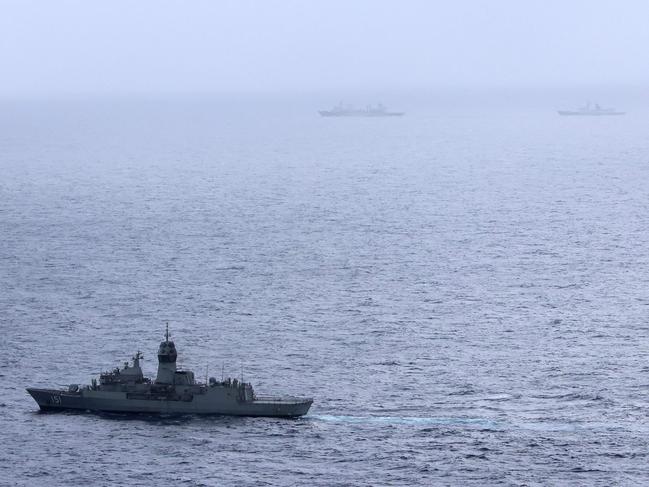
DETAILS OF DRILLS REVEALED
It is believed the drills were conducted about 629.7 kilometre southeast of Sydney.
Asked about the drills on Friday, China’s foreign ministry said the country’s military had “organised a naval formation to conduct training and exercises in distant waters”.
The Chinese vessels were observed making several manoeuvres that included changing formation, laying a target in the water and manoeuvring again to retrieve the target – actions consistent with a live-fire drill, the minister said.
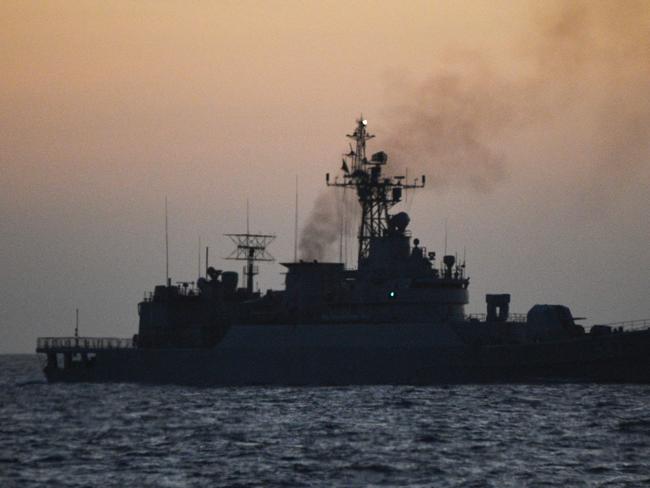
AIRLINES MODIFY ROUTES
Qantas, Emirates and Air New Zealand which were forced to modify flight paths between Australia and New Zealand after receiving reports of live fire in international waters.
Last week, Canberra rebuked Beijing for “unsafe” military conduct, accusing a Chinese fighter jet of dropping flares near an Australian air force plane patrolling the South China Sea.
A Chinese fighter jet was accused of intercepting an Australian Seahawk helicopter in international airspace in 2024, dropping flares across its flight path.
In 2023, a Chinese destroyer was accused of bombarding submerged Australian navy divers with sonar pulses in waters off Japan, causing minor injuries.
The Australian government says it respects the right of all states to pass through international waters and airspace.
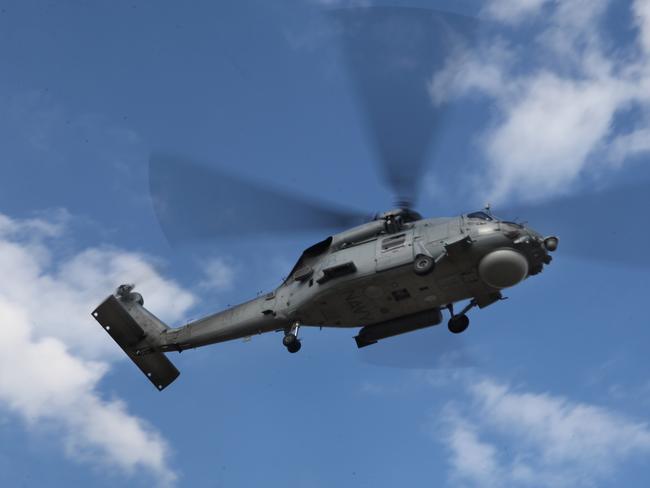
However, the United States and its allies including Australia frequently cross through the 180-kilometre Taiwan Strait to reinforce its status as an international waterway, angering China, which claims jurisdiction over the waters.
Mr Marles said that while the presence of the Chinese vessels around Australia was “not unprecedented” it was “unusual” and pointed to a broader global instability.
“Whilst I don’t think these events are specifically connected, it points to the fact that we’re living in a difficult time in an uncertain environment,” Mr Marles said.
“We face the most complex, in some ways the most threatening strategic circumstances that we have faced since the end of the Second World War.”
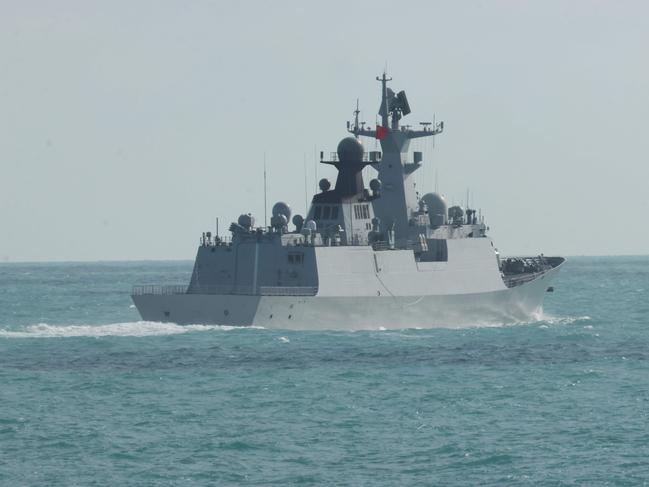
EXPERTS WEIGH IN
Charles Edel, an Australia expert at Washington-based think-tank CSIS, weighed in on what Beijing may be up to.
“As the Chinese test their ability to project power further south, in addition to east and west, the question becomes how much they can hold at risk — how much they can signal to the Australians that they can threaten them,” he said.
Professor Rory Medcalf, head of the ANU National Security College, agreed that this was Beijing’s way of flexing its power.
“This is China sending an unsubtle signal that it is normalising the ability to project military power fairly much anywhere off the Australian coastline,” he told the Financial Times.
“A confronting strategic future is arriving fast. This flotilla will likely also visit Pacific island countries.
“It would be hard to find a more tangible sign of the need for Australia to increase defence spending and to sustain our campaign of statecraft aimed at stopping China establishing a military base in the Pacific.”
Last Thursday, the Australian Defence Force (ADF) moved navy and air force assets to monitor two People’s Liberation Army-navy frigates and a replenishment vessel navigating in the country’s exclusive economic zone in the Coral Sea.
It came after the federal government complained to Beijing about an incident in the South China Sea on Tuesday, February 11 when a Chinese jet released flares within just 30 metres of an Australian surveillance plan.
More Coverage
Originally published as China accuses Australia of ‘hyping up’ navy drills



